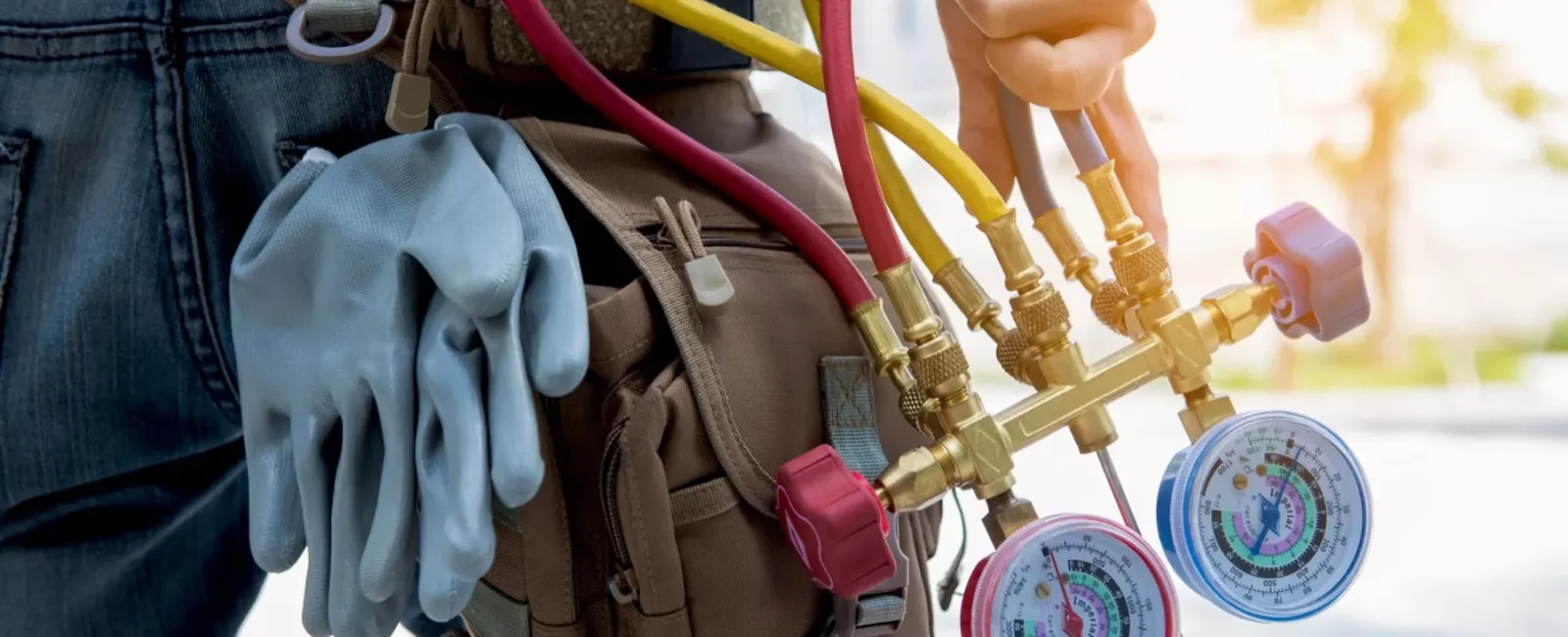Coming home after spending time out in cold, damp winter weather should be something that you look forward to. Your home should be a warm and cozy haven away from the freezing temperatures. Of course, this is not the case if you have a furnace that is old and inefficient. Maybe its time that you replace your old furnace with a newer more-efficient model.
Furnaces usually have a life-span of 15 to 25 years. The life of a furnace system depends on if it was well-maintained with regular lubrication, attention to plumbing problems, drain cleanings and timely repairs, if needed. In areas where the furnace is used the most, the life span is shorter due to wear and tear. There are several things that you should consider when deciding if it is time to replace your furnace.
Energy Costs
It can be expensive to heat your home, and if your furnace is not performing well, the costs can quickly add up. Installing a new furnace that takes advantage of recent technological improvements can reduce your energy bill. For example, if you choose to install one of the condensing-type gas furnaces, you can reduce your heating bill by as much as 20 percent. This furnace works by capturing up to 97 percent of the fuel’s energy.
A simple way to check to see if the cost of a new furnace system is justified is to add together the past year’s monthly fuel bills, multiply by 20 percent (your energy savings) and then divide that number into the cost of a new system. The result is approximately how long it will take for you to recover the cost of a new condensing-type gas furnace.
Energy Efficiency
Installing a newer, more efficient system not only reduces energy costs, but a newer system also takes advantage of recent technologies that are more intuitive. Two speed DC motors, computerized circuit boards and variable heat exchangers combine to improve the overall performance of your furnace. The addition of a “smart thermostat” allows you to adjust your energy usage by programming your thermostat so that when you are away, the home can be kept at a lower temperature. You can program the thermostat around your schedule so that your home will be nice and warm by the time you arrive home from work.
Size of the Furnace
Size is a very important consideration when buying a furnace. A furnace that is too small will have to work hard to keep your home warm. It would struggle on the coldest days of the year, driving up energy costs by making the system run for longer periods of time. An energy audit will help you decide on how big of a furnace you will need for optimal heating.
Once you have a new furnace installed, arrange for regular maintenance visits to ensure that your furnace continues to work properly. During a maintenance visit, your technician will clean and check your system’s performance and make sure that there are no plumbing problems with the condensation system.

